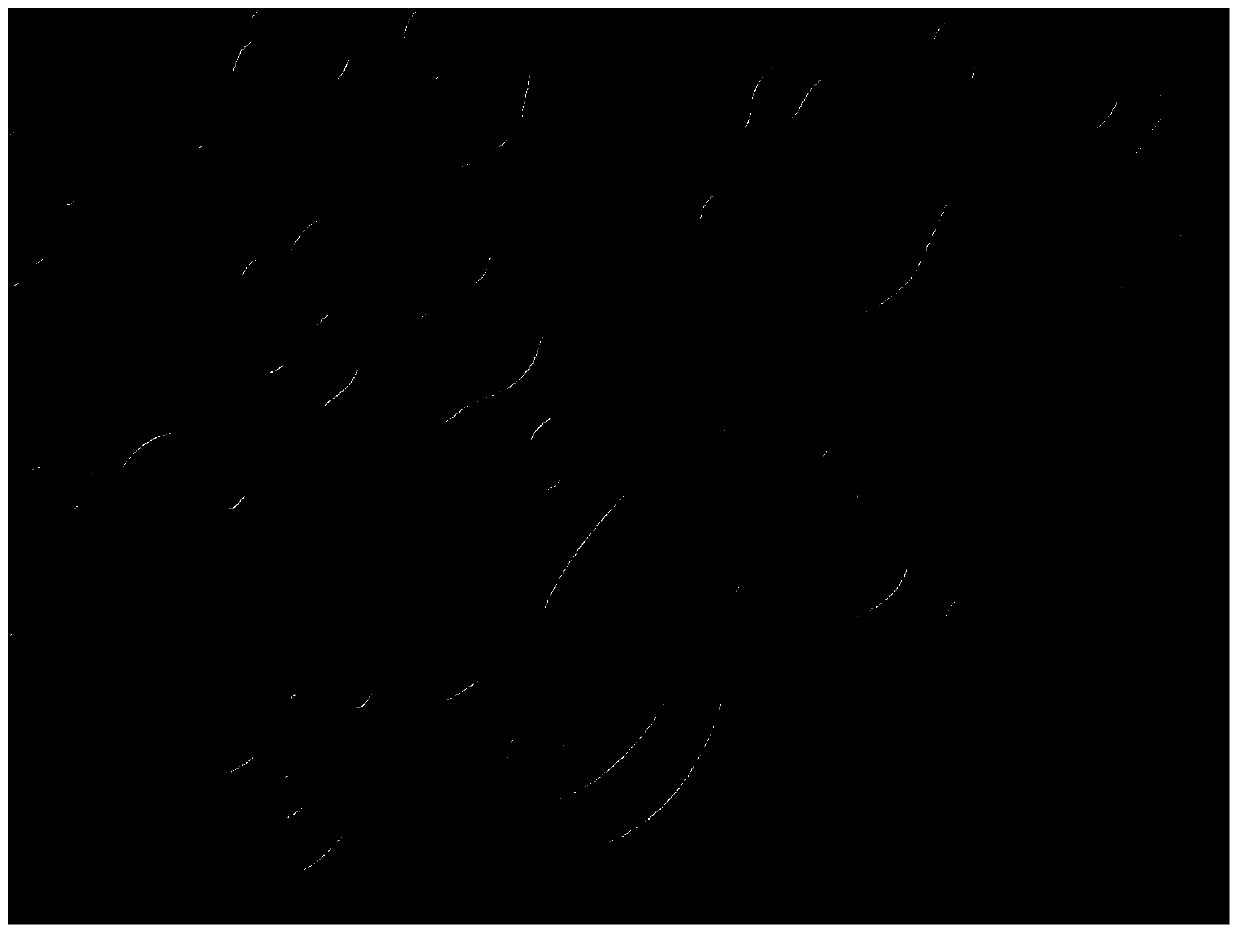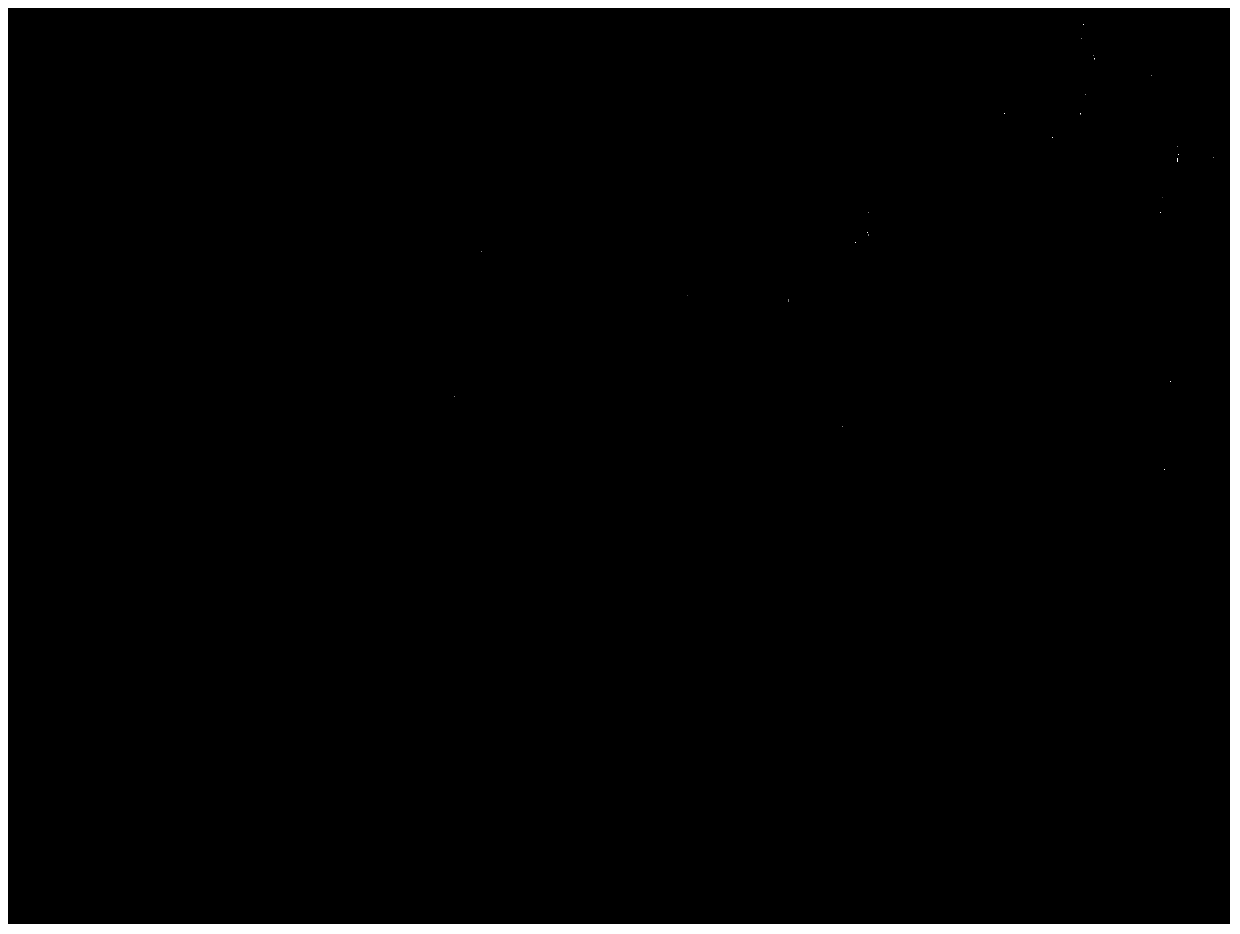Method for making wallpaper with three-dimensional grain effect
A texture and wallpaper technology, applied in the field of floor leather, wallpaper printing technology and the corresponding artificial leather field, can solve the problems of texture and product texture and lack of new technology for visual changes, and achieve the effect of changing structure levels and various textures
- Summary
- Abstract
- Description
- Claims
- Application Information
AI Technical Summary
Problems solved by technology
Method used
Image
Examples
preparation example Construction
[0050] A preparation method for wallpaper with three-dimensional texture effect, the steps are:
[0051] ⑴ Combination design of letterpress gap embossing roller, rotary screen printing plate wheel and precision coating machine:
[0052] The circumference of the roller-type letterpress plate is 635--656mm, the pattern is continuous carving design, the depth of the pattern carving is 1-5mm, the specification of the printing cylinder is 641mm in outer diameter, the opening mesh is 20-80 mesh, precision coating The cloth machine adopts knife coating or reverse roller coating, and the design width is greater than 500mm, which can be made into plate printing graphics, and the plate tolerance is less than 0.3mm; it can also use non-alignment abstract pattern design, and the number of printing sets is 1-4 printing bit;
[0053] ⑵Slurry adjustment:
[0054] Choose PVC slurry with thixotropic properties or water-based tile cracking slurry, adjust the color according to the design req...
Embodiment 1
[0091] figure 1 The materials, pattern molds and operating process parameters selected for the raised lace wallpaper after medium-humidity pressing are as follows:
[0092] 1. The slurry is made of PVC slurry with thixotropic properties, brand BX-02.
[0093] 2. Rotary screen coating adopts standard printing rotary screen, the specification is 40 mesh, and the number of printing sets is 2.
[0094] 3. The circumference of wet gap embossing roller is 656mm, the width is 900mm, and the depth of pattern engraving is 3.0mm.
[0095] 4. Process parameters:
[0096] Inject the special paste for PVC into the rotary screen printing machine, the printing thickness is 0.15mm, and the production line speed is 20 m / min. Oven temperature 175°C. The embossing gap is 0.5mm, and the mechanical slip is less than 2mm.
Embodiment 2
[0098] figure 2 The middle is the photo of cracks on the magnetic sheet. The materials, pattern molds and operating process parameters selected for this photo are as follows:
[0099] 1. The slurry adopts water-based tile crack slurry (brand GL00 and GL01)
[0100] 2. Rotary screen coating adopts standard printing rotary screen, the specification is 60 mesh,
[0101] 3. The coating adopts a high-precision knife coater, and the specification is a width of 80mm.
[0102] 4. Process parameters:
[0103] Inject the special paste for PVC into the rotary screen printing machine, the printing thickness is 0.15mm, and the temperature of the drying oven is 130 degrees Celsius.
[0104] The water-based porcelain chip crack slurry is injected into a high-precision knife coating machine, the coating thickness is 0.15 mm, and the production line speed is 10 m / min. The ceramic tiles produced at an oven temperature of 190 degrees Celsius have a cracked texture effect wallpaper such as ...
PUM
| Property | Measurement | Unit |
|---|---|---|
| Diameter | aaaaa | aaaaa |
Abstract
Description
Claims
Application Information
 Login to View More
Login to View More - R&D
- Intellectual Property
- Life Sciences
- Materials
- Tech Scout
- Unparalleled Data Quality
- Higher Quality Content
- 60% Fewer Hallucinations
Browse by: Latest US Patents, China's latest patents, Technical Efficacy Thesaurus, Application Domain, Technology Topic, Popular Technical Reports.
© 2025 PatSnap. All rights reserved.Legal|Privacy policy|Modern Slavery Act Transparency Statement|Sitemap|About US| Contact US: help@patsnap.com



